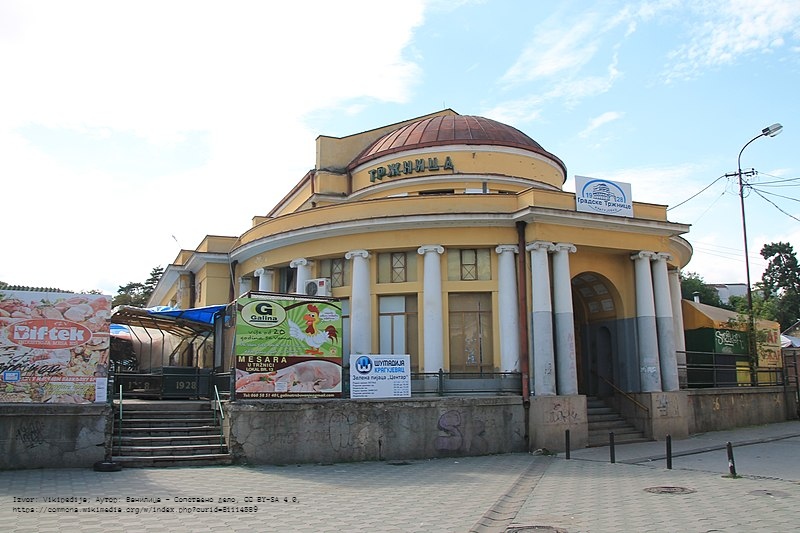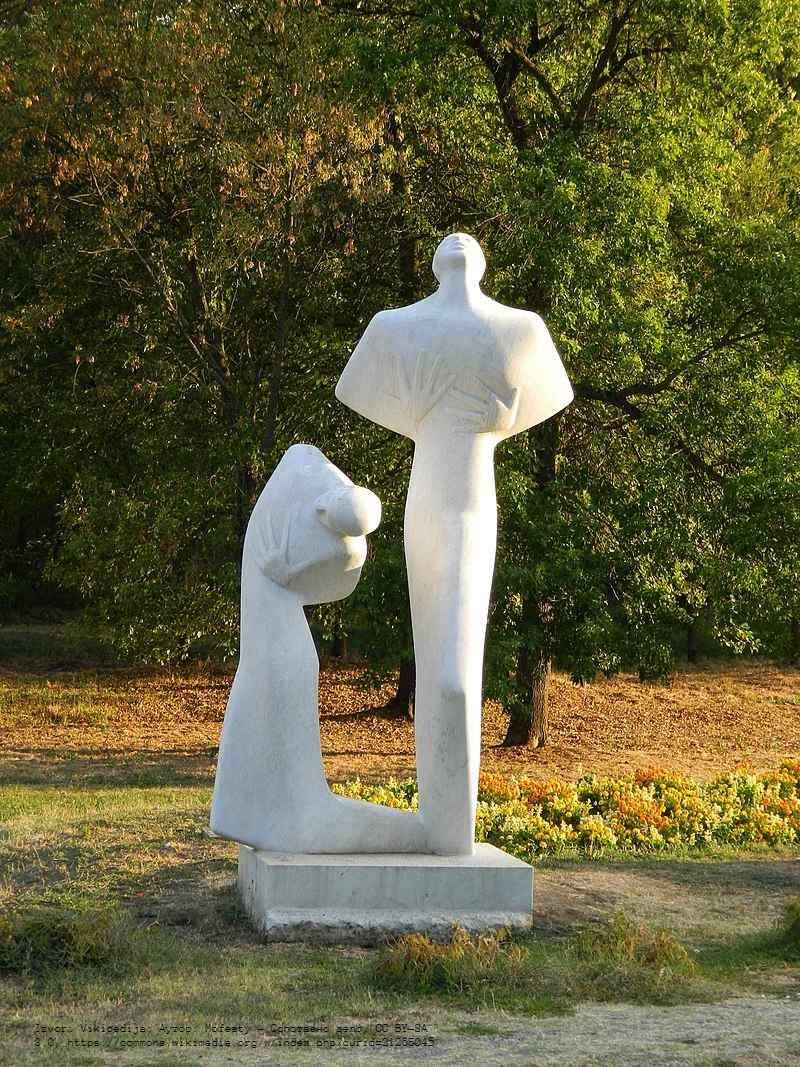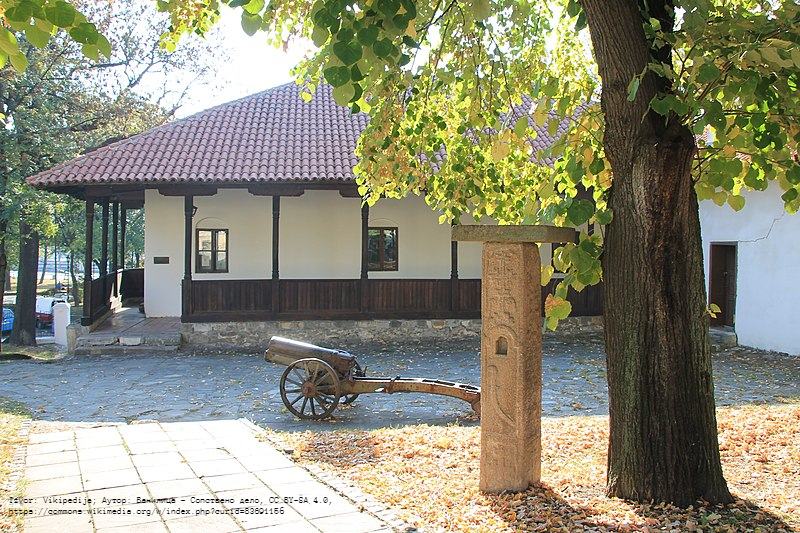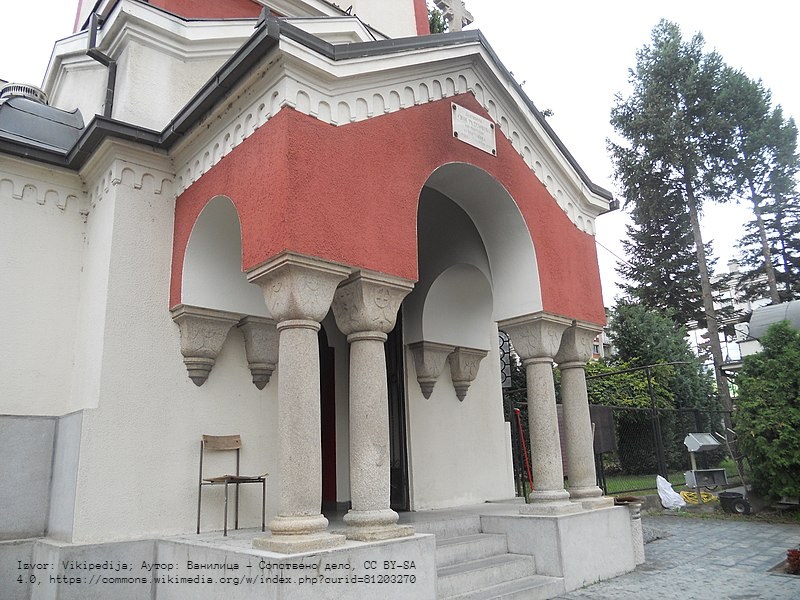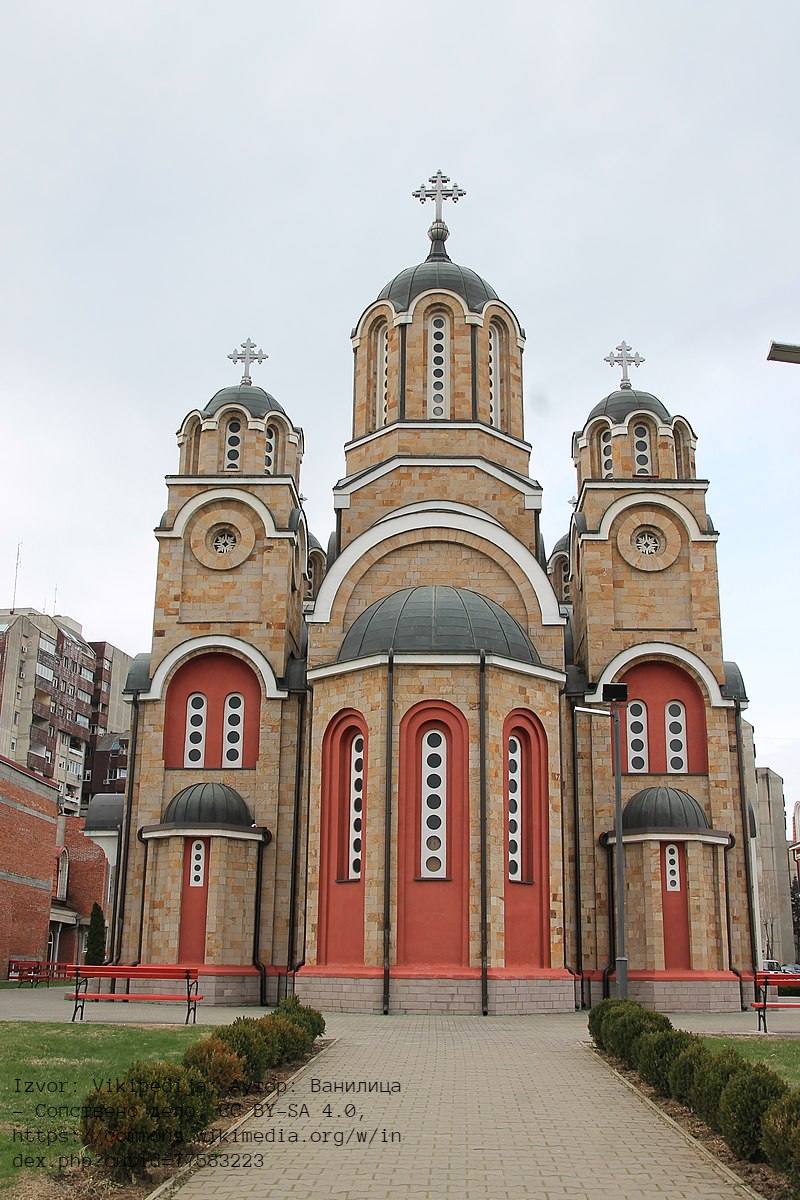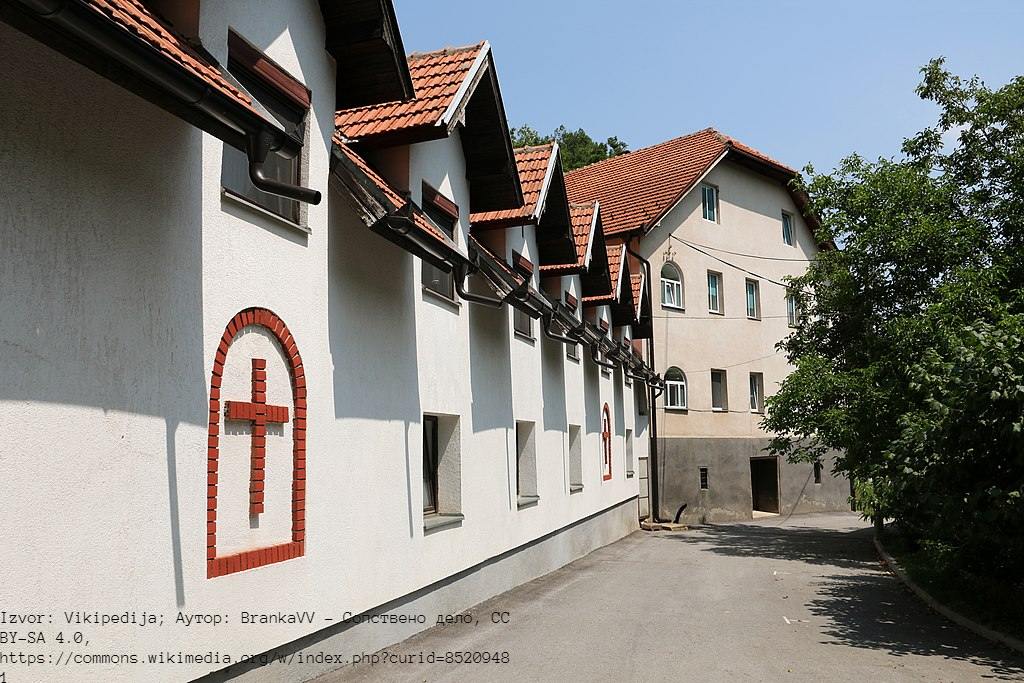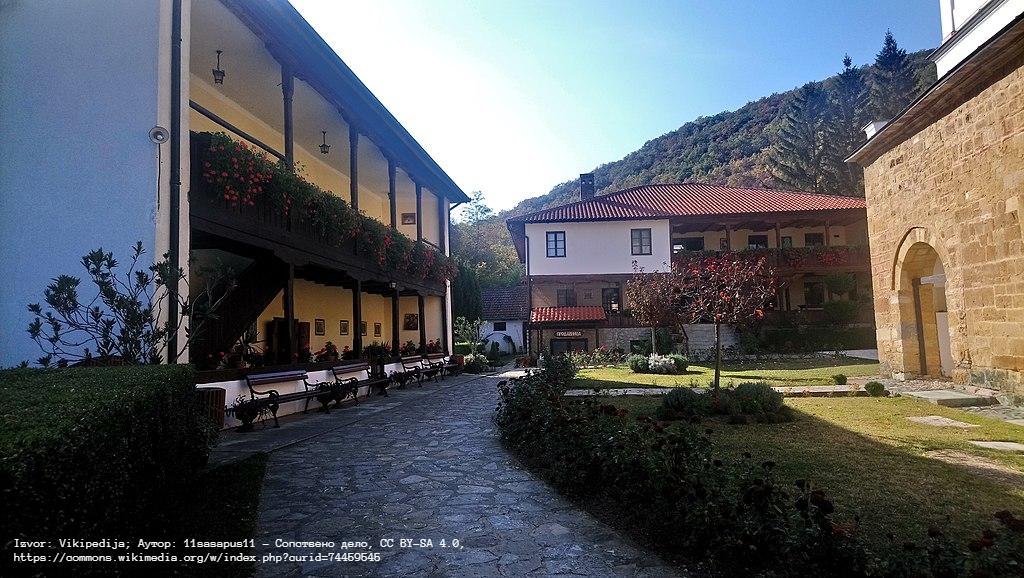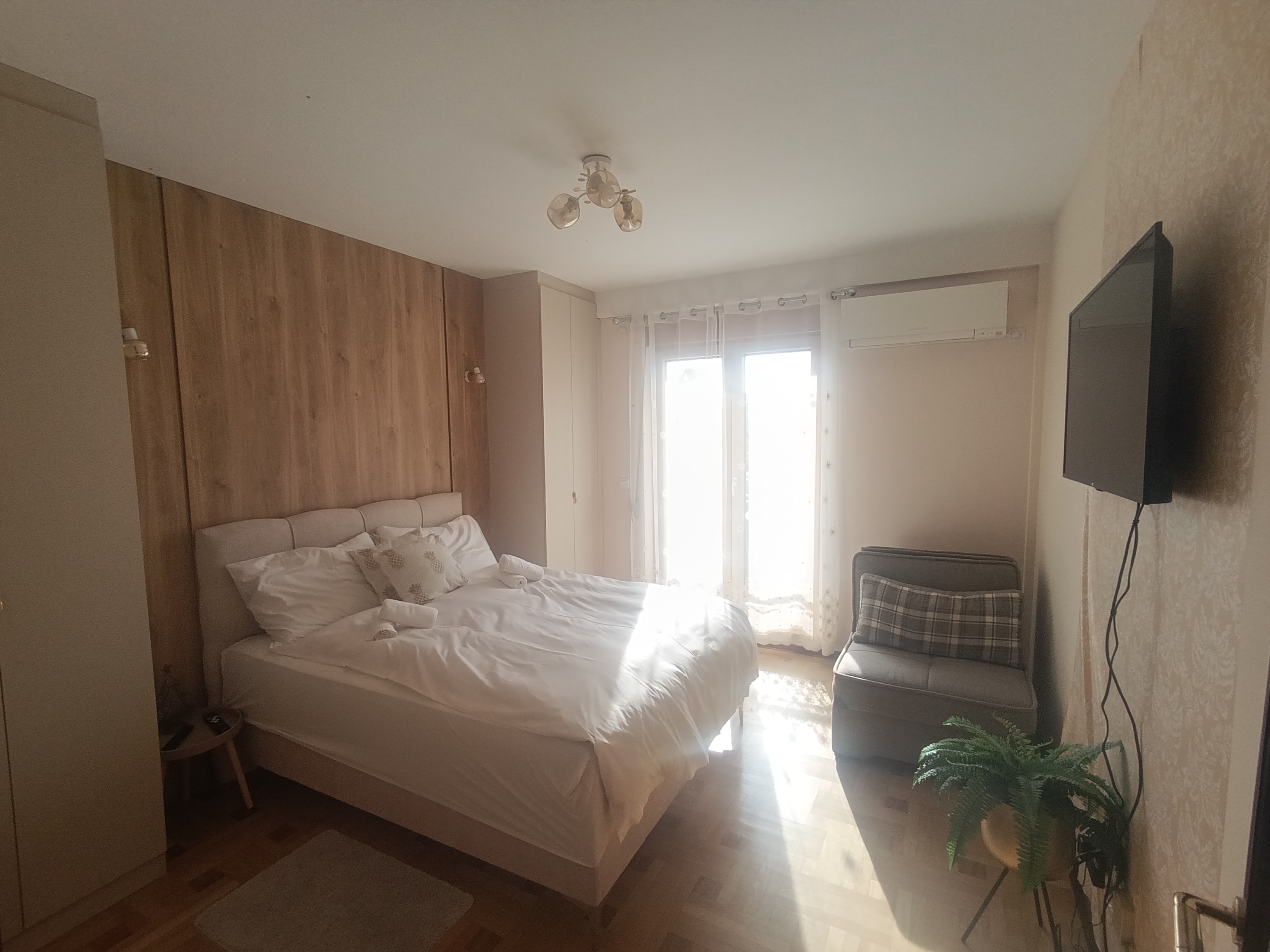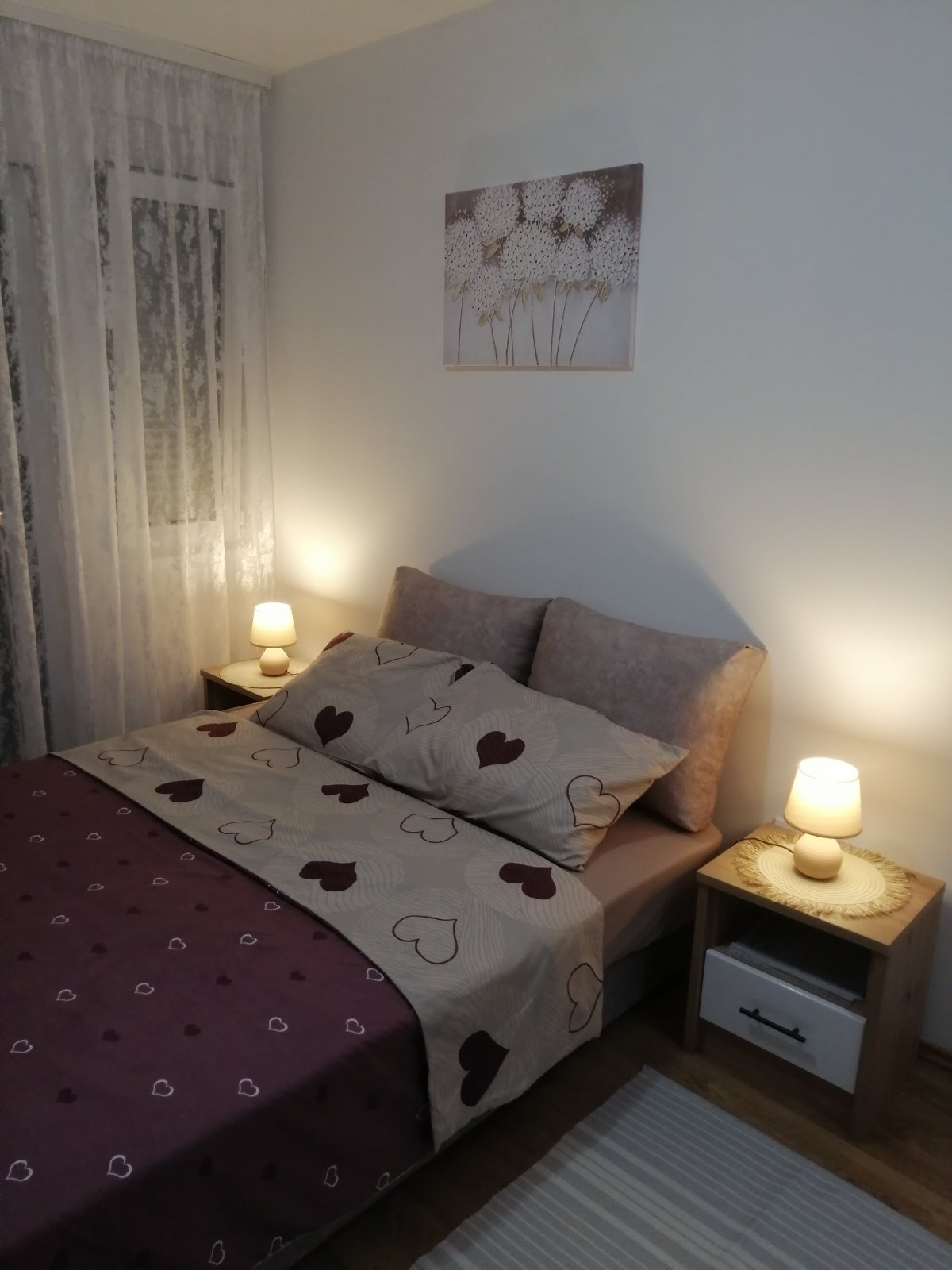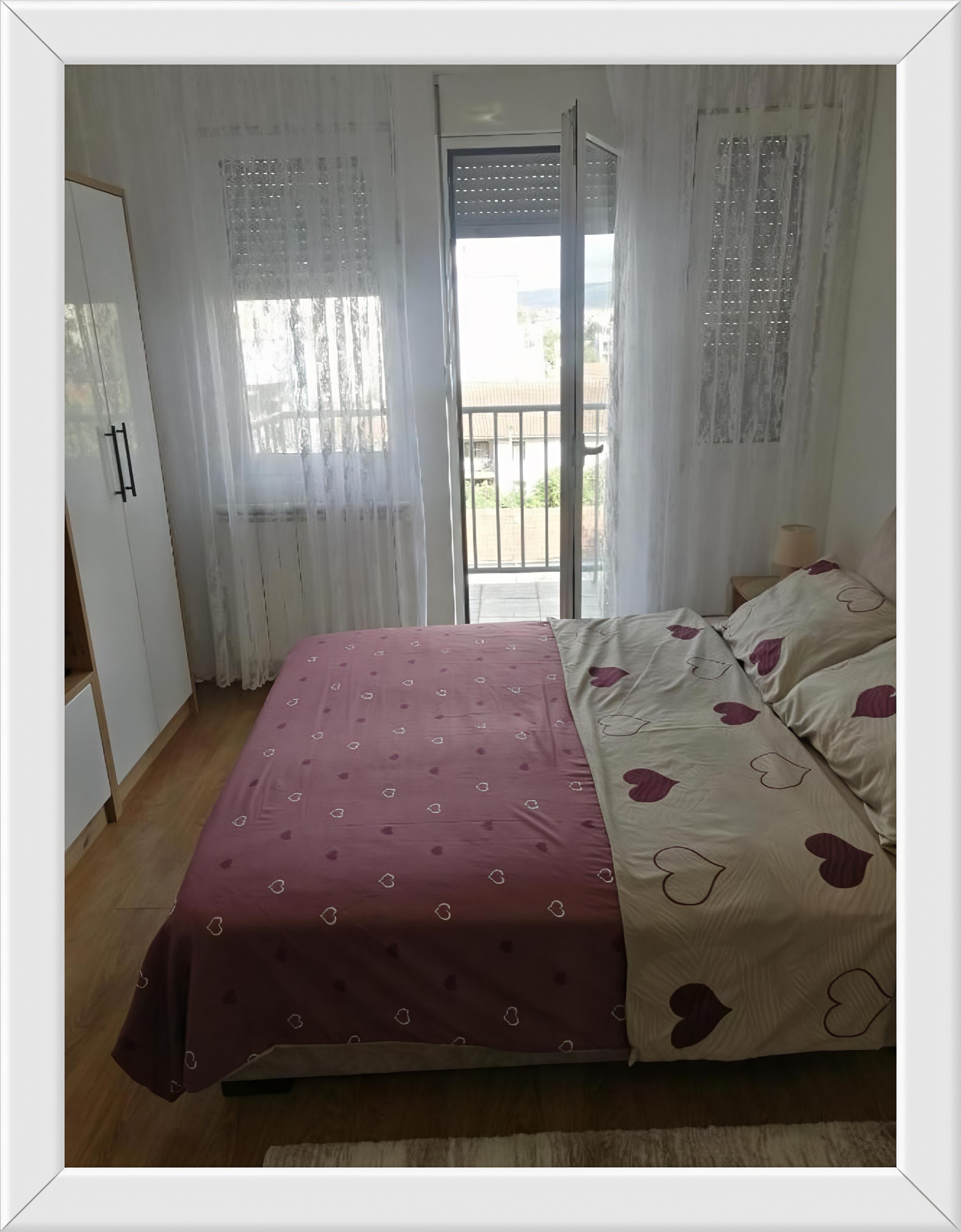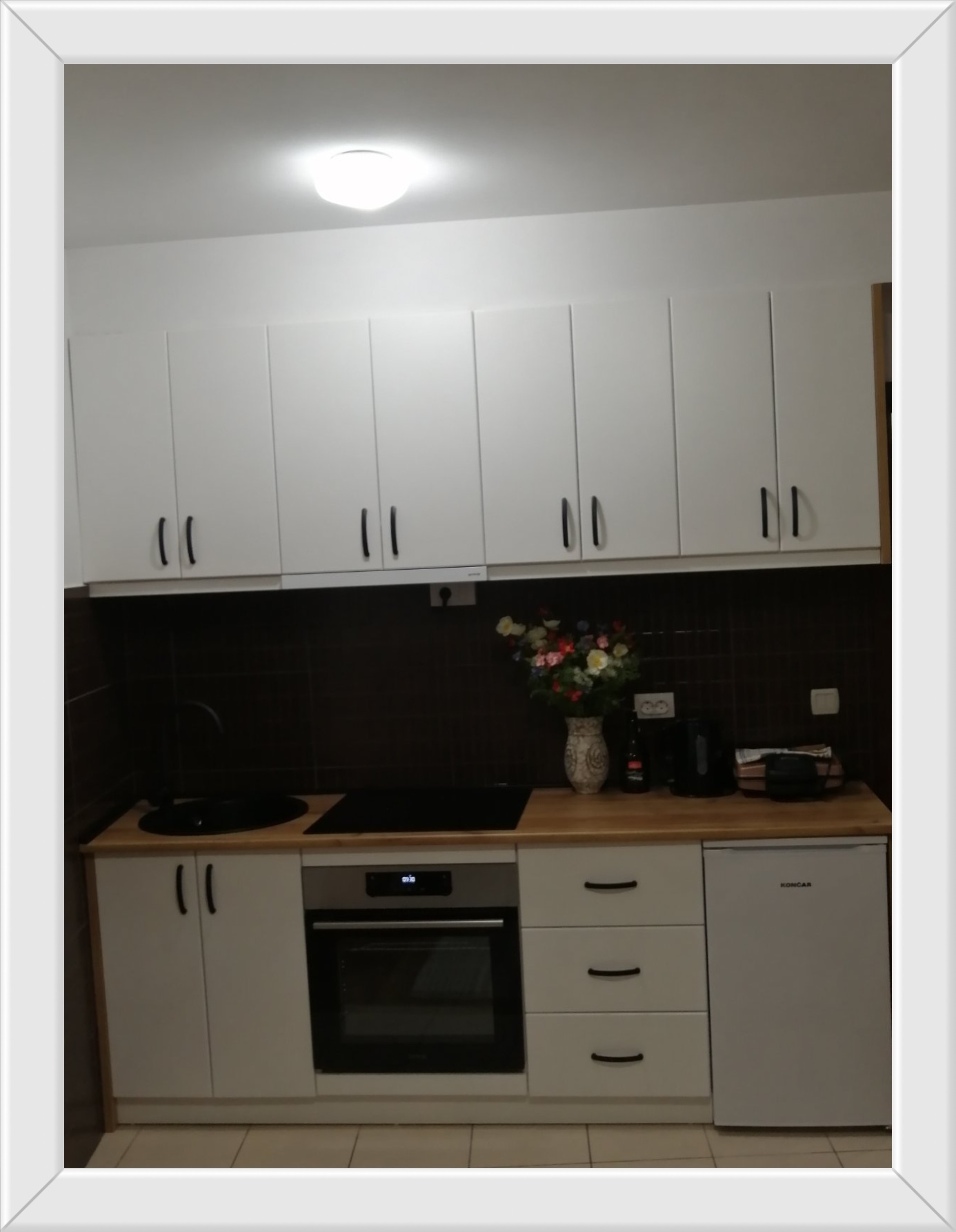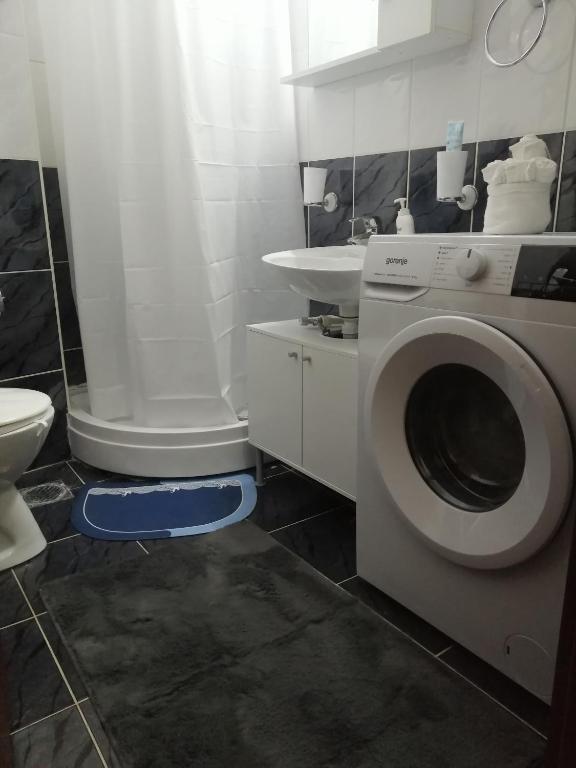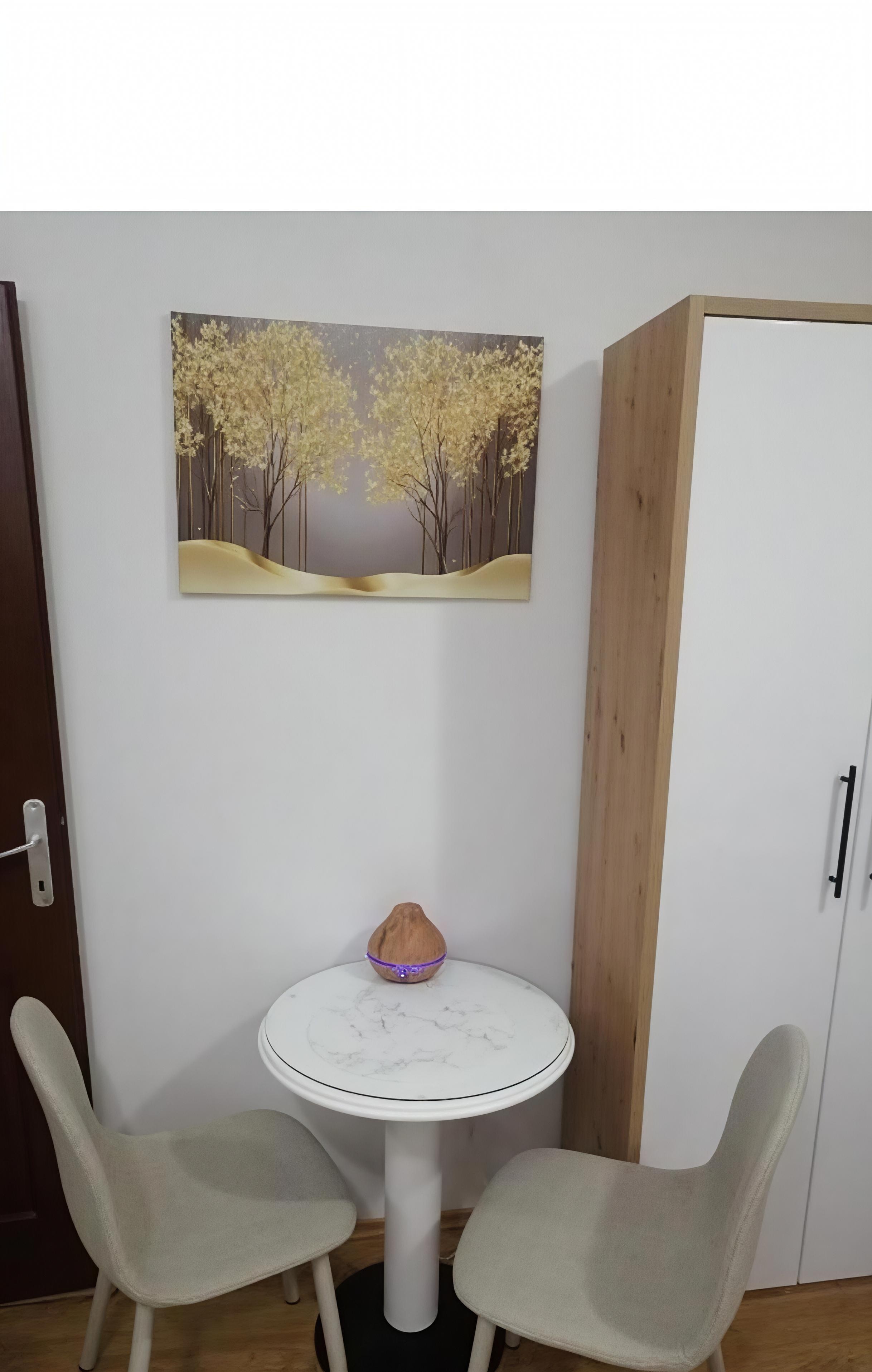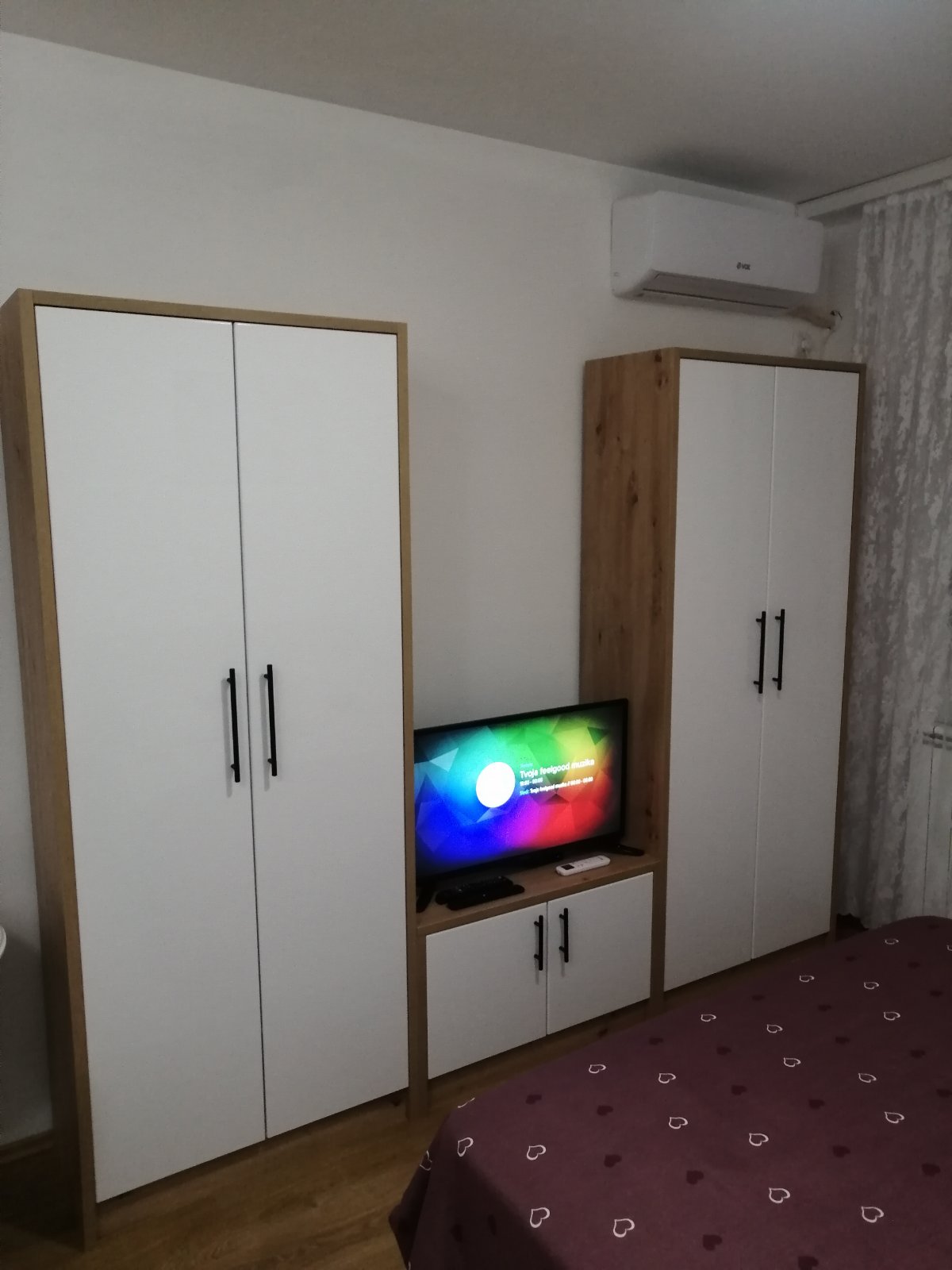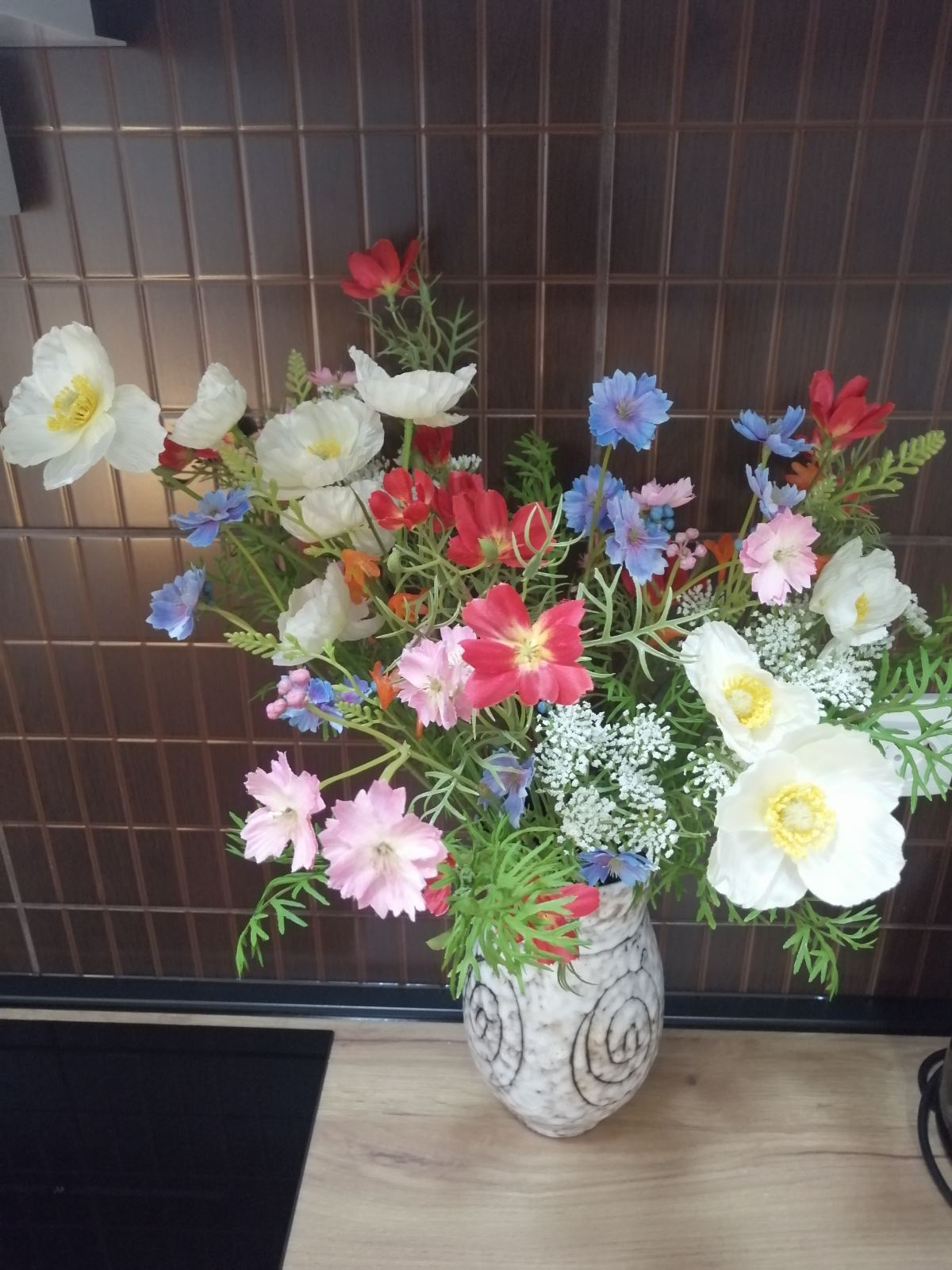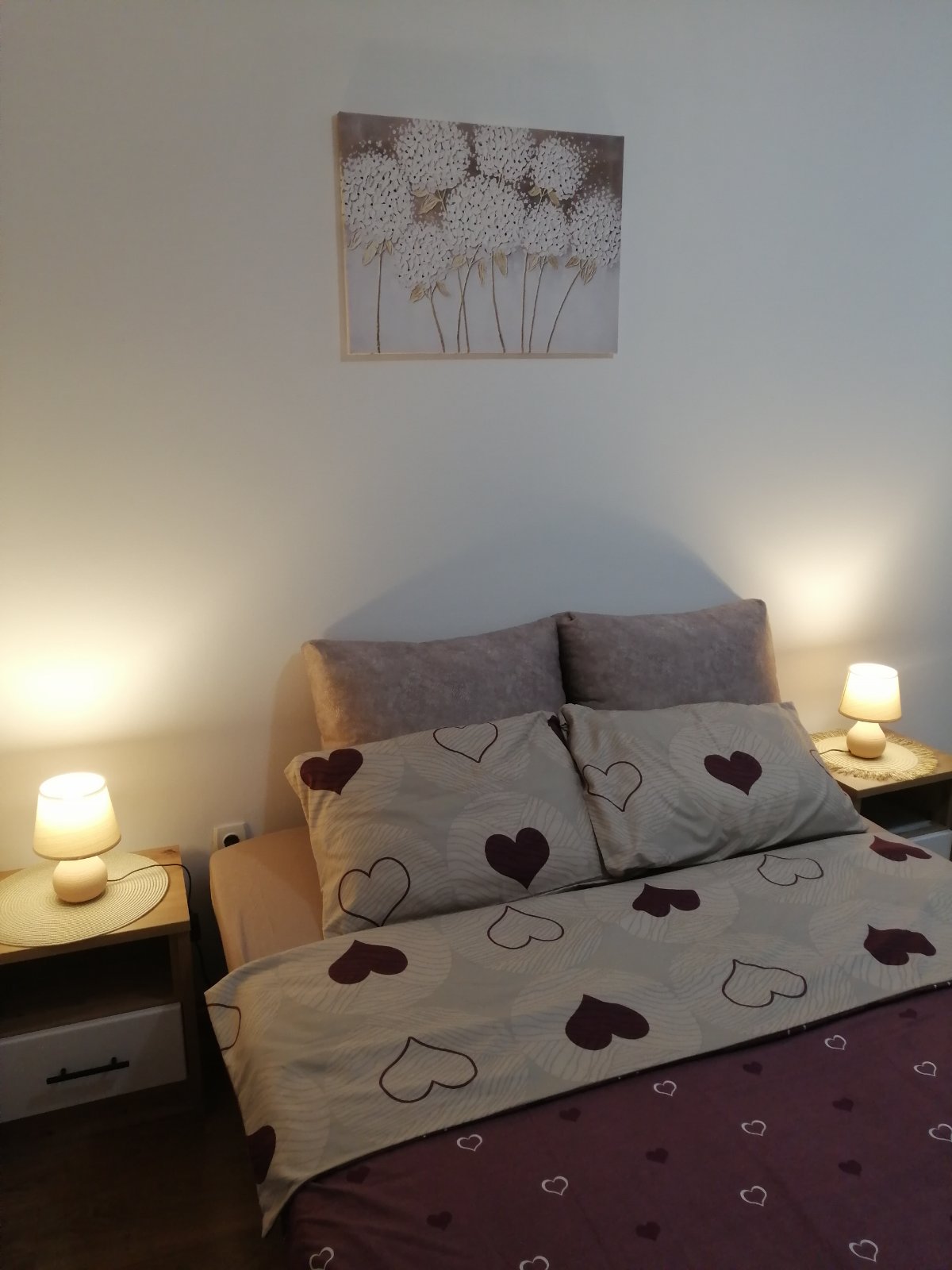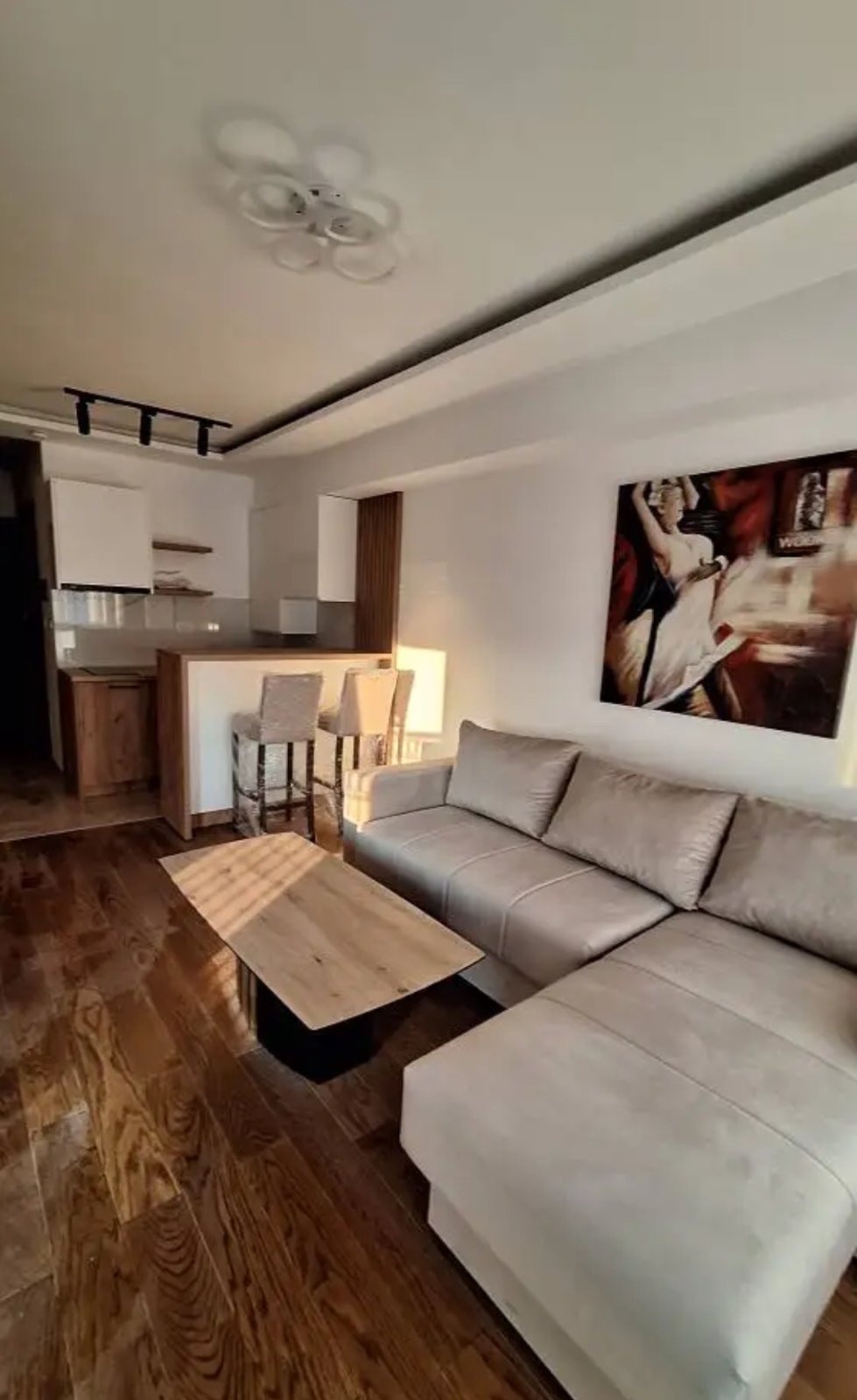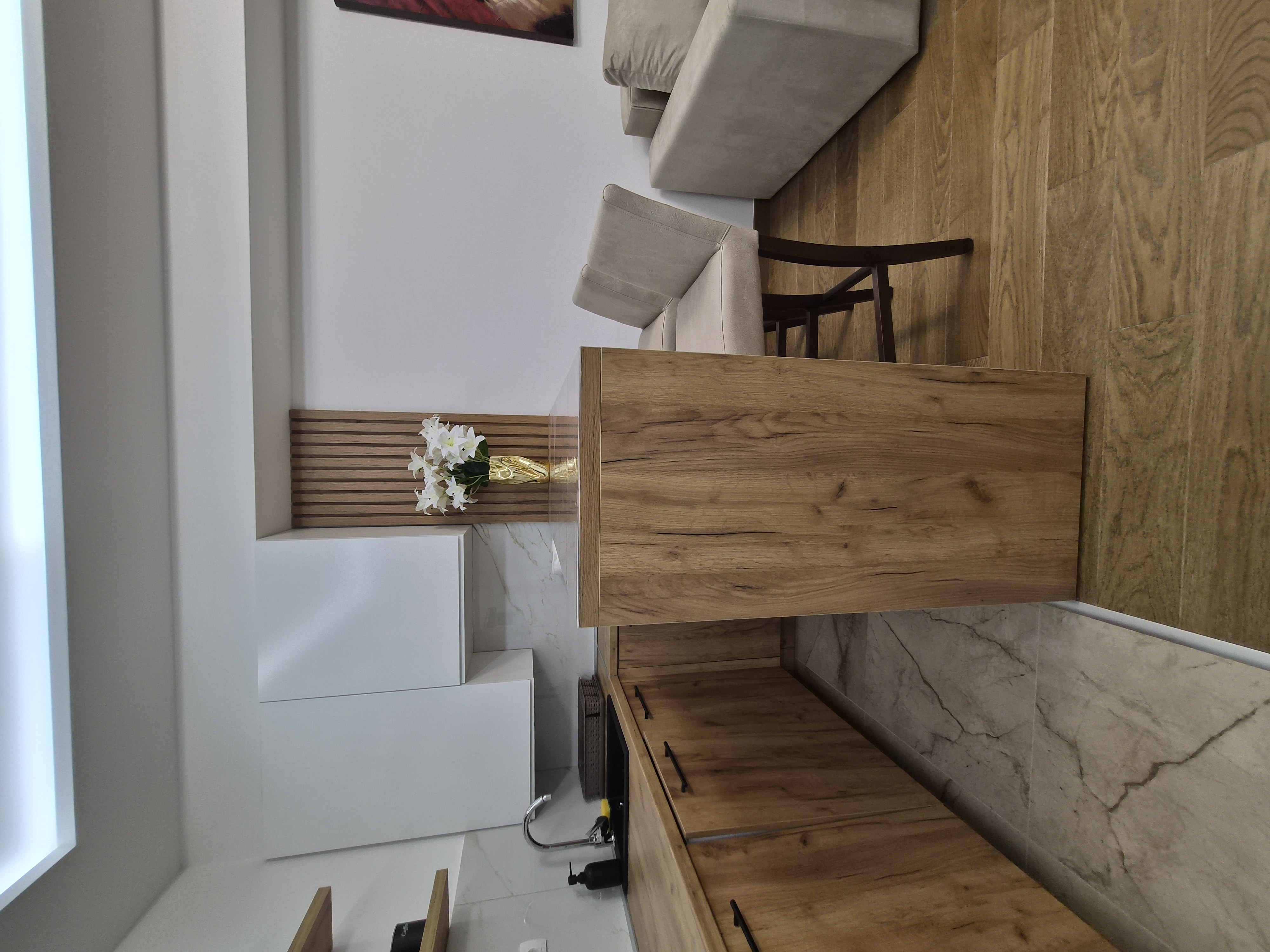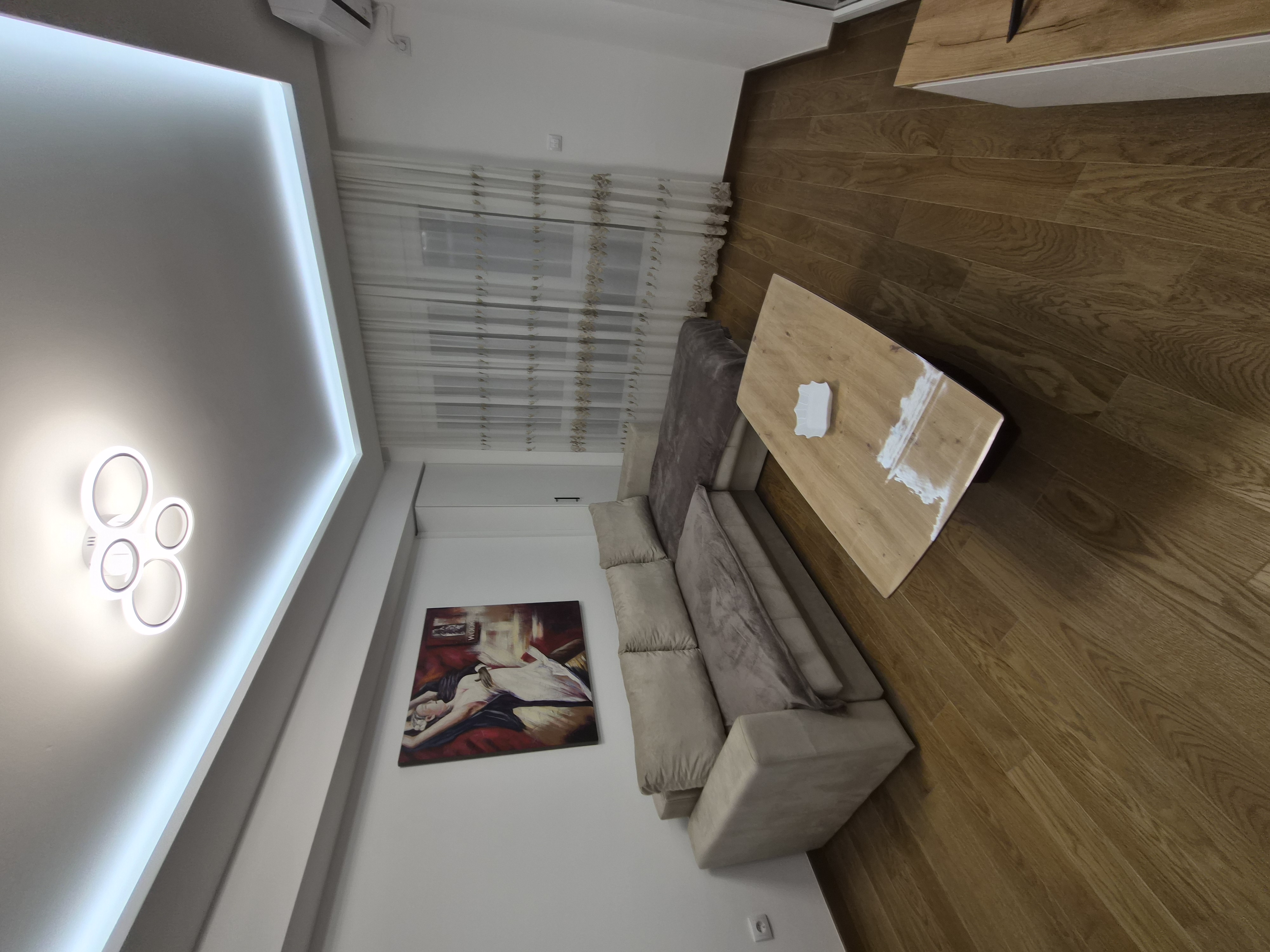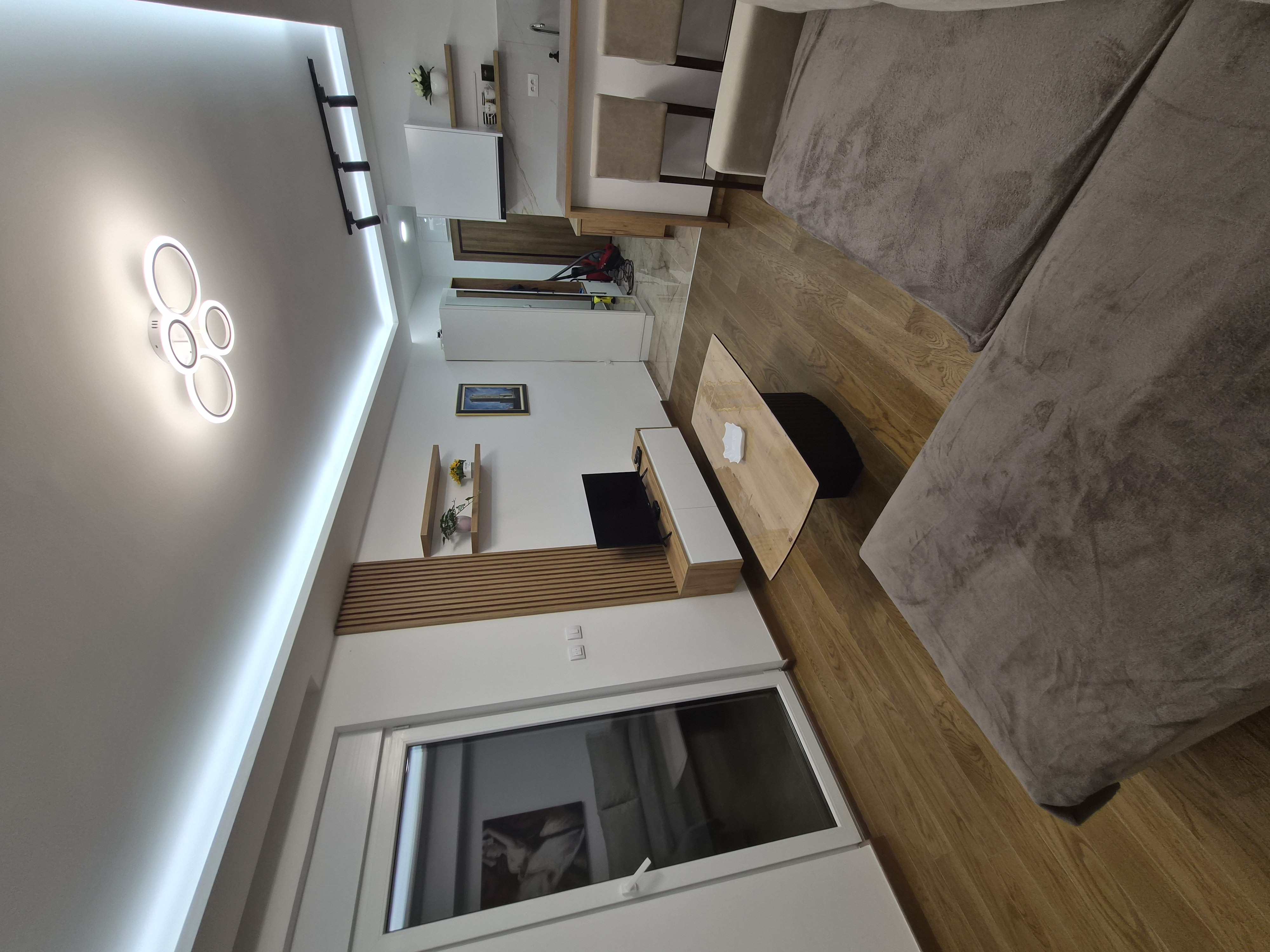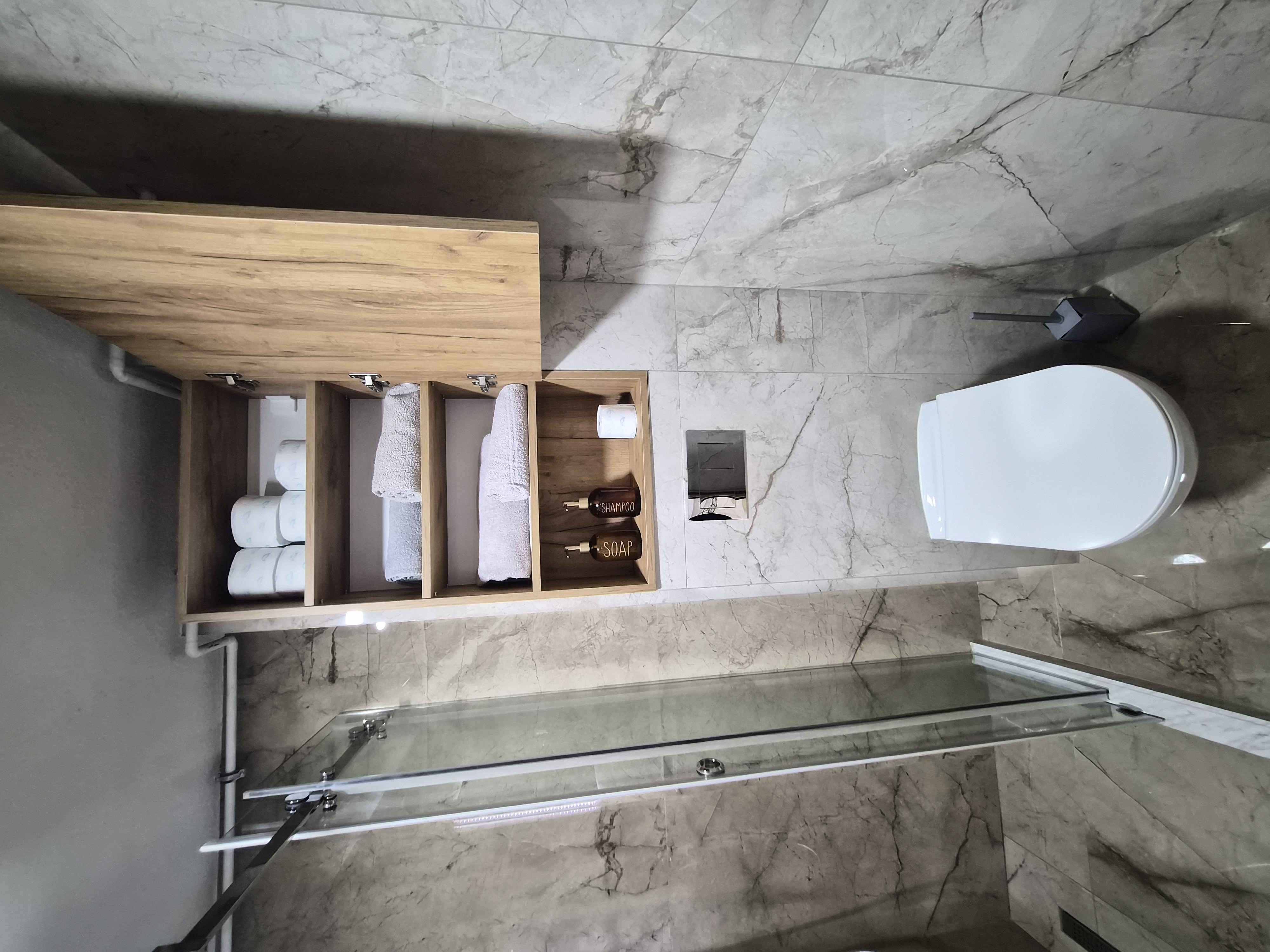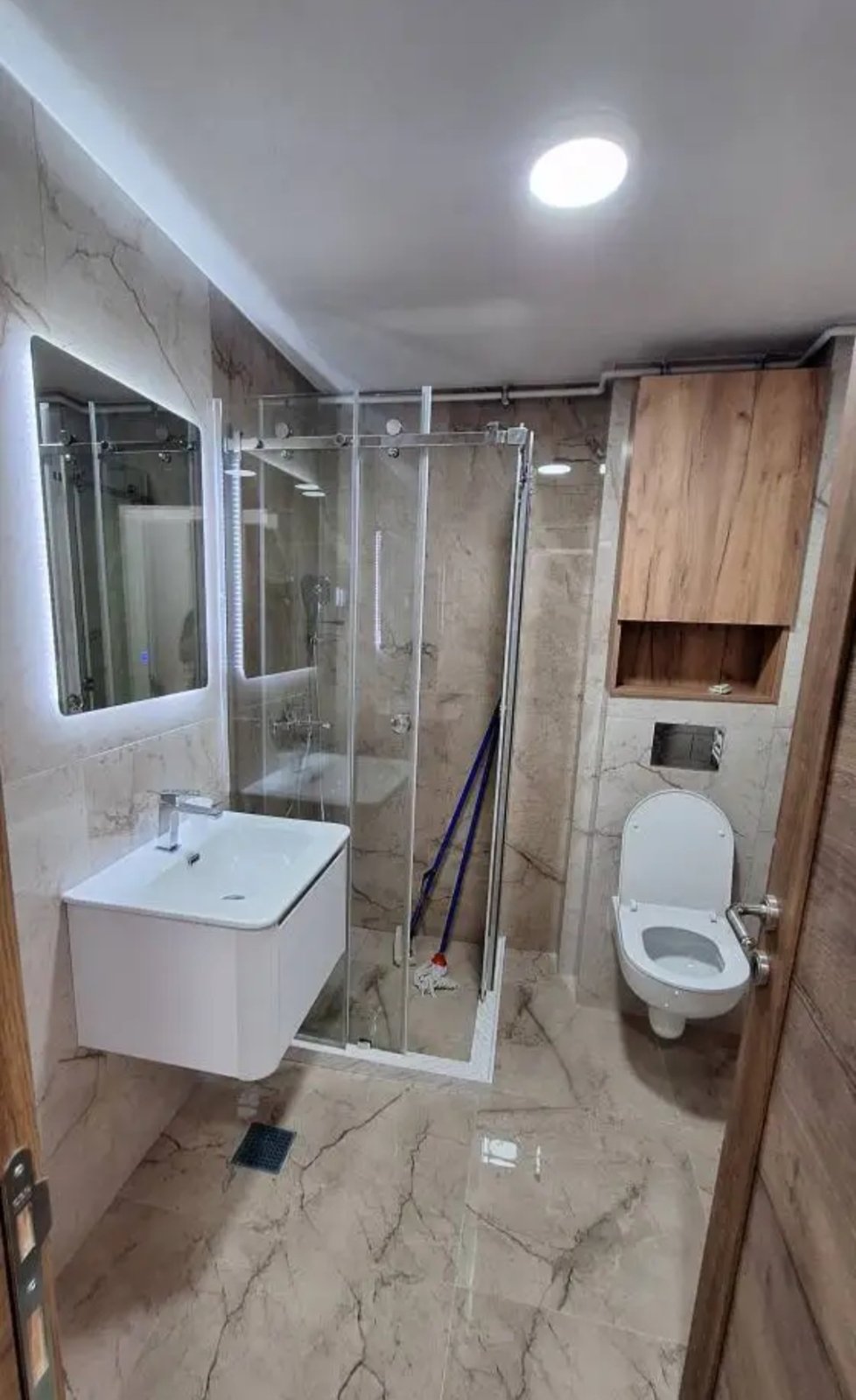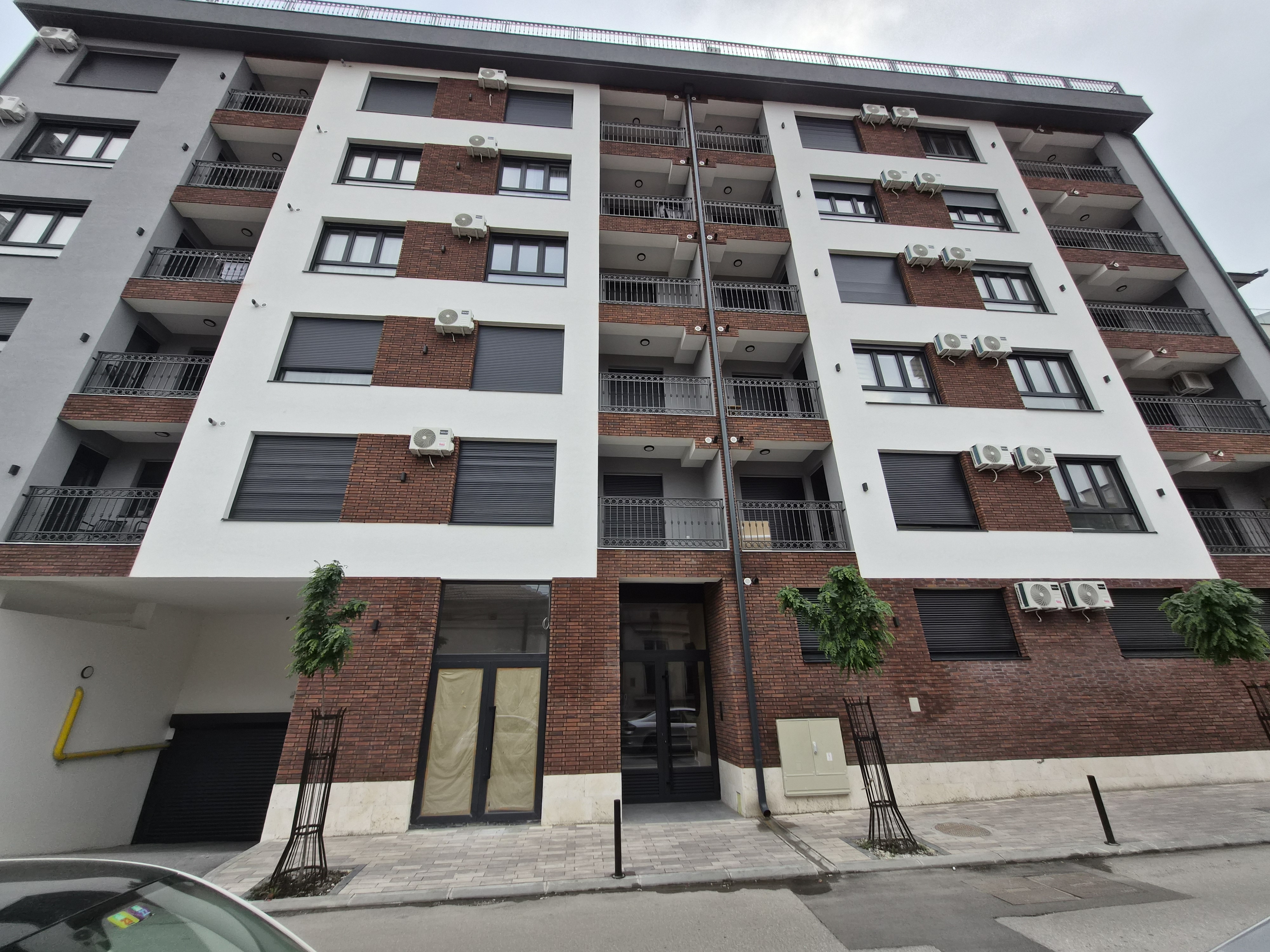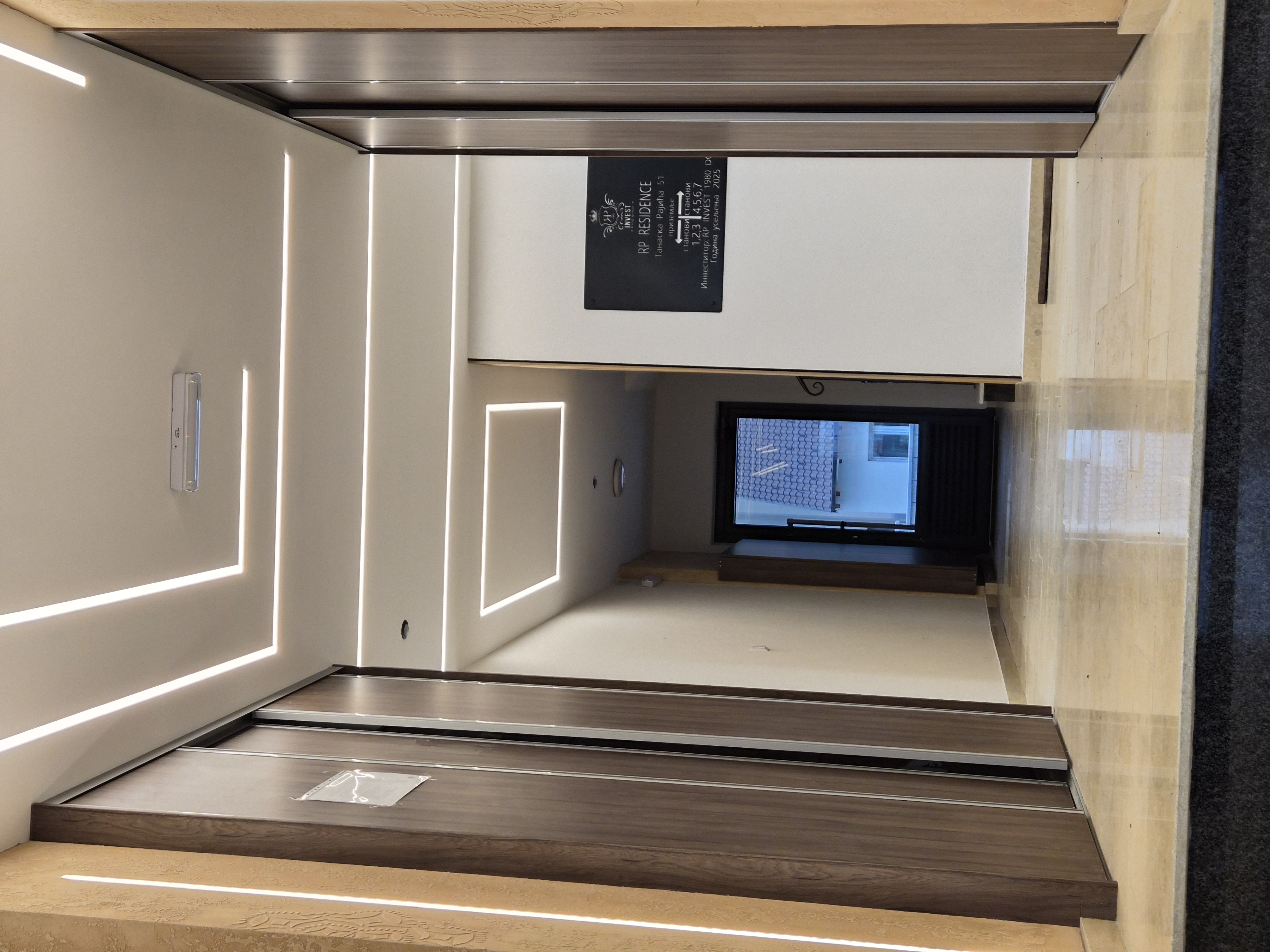Milošev venac
Share this attraction
Back

Milošev venac
Kragujevac
Milosev venac – the most important information
Milosev venac encompasses the whole complex of historical heritage from the 19th century, built during the reign of Prince Milos. It is placed closely to the city center, which makes it a convenient touristic attraction.
It is laid on the both sides of the Lepenica River which are connected with the multiple concrete bridges, first of its kind in that time in Serbia. These landmarks represent an important part in the cultural and historical life of Serbia whose ascent in power was only at its very beginning.
History of Milosev venac
Like Prince Milos himself, Milosev venac acquired respect due to events and challenges that took place there. In 1818 Prince Milos made Kragujevac the capital of Serbia and he chose to crown that decision with creation of an imposing complex there is today. After the Second Serbian Uprising the country was in a poor condition but it still needed to show it was ready to fight for its identity and the best way for that were architecture and art.
History of Milosev venac
Like Prince Milos himself, Milosev venac acquired respect due to events and challenges that took place there. In 1818 Prince Milos made Kragujevac the capital of Serbia and he chose to crown that decision with creation of an imposing complex there is today. After the Second Serbian Uprising the country was in a poor condition but it still needed to show it was ready to fight for its identity and the best way for that were architecture and art.
The church, arsenal, prison, the Gymnasium, the Theater, prince’s castle…each of these buildings represent a unique evidence of Serbian fight for its autonomy and mark of Milos’ ruling which did not break despite the still noticeable Turkish influence. Unfortunately, not all objects were preserved. Residence of Prince Milos was taken down during a bomb attack in 1941 and sometime later the residence of his wife, Princess Ljubica was also destroyed.
Don’t miss
Since this is a historical complex a quality time here is guaranteed. Walking through Milosev venac you will notice that each building embodies a cultural or social aspect important for the whole community. For all these reasons you should not miss the opportunity to see these national heritage:
Don’t miss
Since this is a historical complex a quality time here is guaranteed. Walking through Milosev venac you will notice that each building embodies a cultural or social aspect important for the whole community. For all these reasons you should not miss the opportunity to see these national heritage:
- Amidzin konak (named after Milos’ flag-bearer, this building is a true representation of its time)
- Old (court’s) church (Prince Milos dedicated all his means into building of this church which was a symbol of his unwavering Christian faith after the Turkish rule was over)
- Old Assembly Building (very important decisions were made in this object during the 19th century, one of which was a regulation which brought independence to Serbia and Montenegro)
- Quarters of Prince Mihailo (built in 1860 at the request of Mihailo Obrenovic. Its appearance was inspired by European architecture)
- The Grammar school building (in 1941 the German occupiers led students and professor to Sumarice where they were executed. In memory, one of the classrooms was turned into a memorial classroom)
- Theater building (built in between two wars, the theater represents an important part of Serbian 19th century culture)
- City market Hall (considered one of the most beautiful market halls of that time. Its function remained the same until today)
- Monument to the fallen soldiers of Sumadija (the figure of this monument symbolizes four epoches: First and Second Serbian Uprising, Balkan wars and the First World War)
- Old Foundry bulding (one of the oldest industrial objects in Europe. Today it is turned into a museum)
How to get to Milosev venac
The complex is very approachable since it is placed near the city center, thus, it can be reached by foot in fifteen minutes. If you wish to save the stroll for the visit there are bus lines which will take you to the destination:
- Bus lines: 15, 16
Location
Learn more about this destination
Discover the beauty of the destination through blogs that highlight the most famous landmarks, hidden gems, and provide travel tips for visiting this destination. Embark on an adventure through the stories of experienced travelers.

